Characteristics of Molybdenum Copper Sheet
- Details
- Category: Tungsten Information
- Published on Thursday, 29 May 2025 14:07
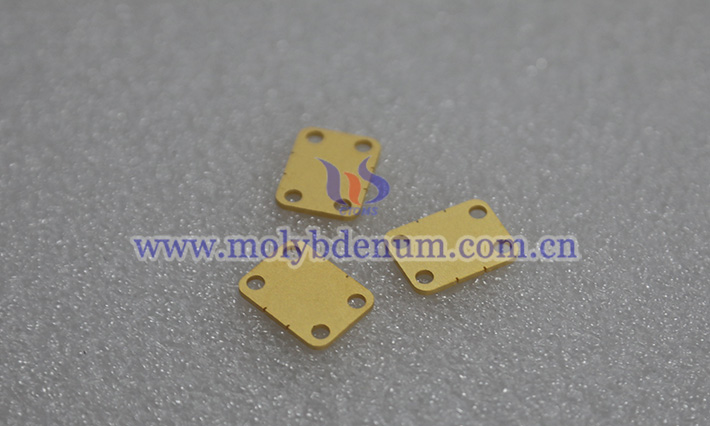
Molybdenum copper sheet is a composite material made from metallic molybdenum (Mo) and copper (Cu) through powder metallurgy or infiltration processes. Due to its excellent thermal, electrical, and chemical properties, it is widely used in many fields: in electronics for chip packaging substrates, power device heat sinks, and microwave device heat dissipaters; in aerospace for high-temperature components of spacecraft and satellite communication antenna substrates; and also in medical equipment as heat dissipation parts for superconducting magnets.
What Is Molybdenum Copper Sheet?
- Details
- Category: Tungsten Information
- Published on Thursday, 29 May 2025 14:05
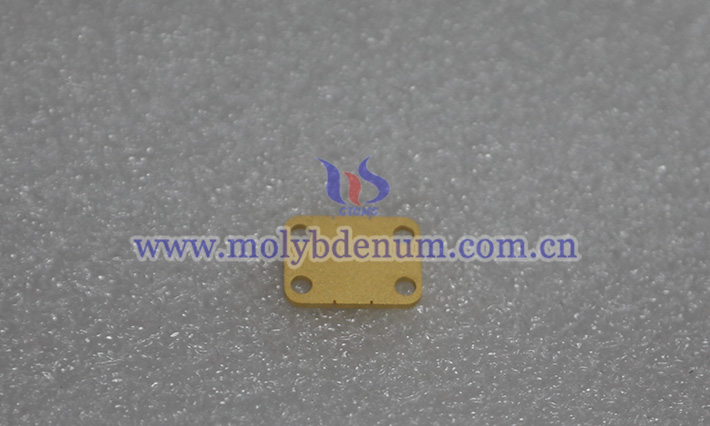
Molybdenum copper sheet is an alloy material mainly composed of metallic molybdenum (Mo) and copper (Cu). It is formed through powder metallurgy, infiltration, and other processes to create a functional material with synergistic properties. Its microstructure typically shows a uniform distribution of molybdenum and copper phases or a composite form where copper fills the molybdenum skeleton. From a materials science perspective, molybdenum copper sheet combines the high melting point and low thermal expansion coefficient of molybdenum with the high thermal and electrical conductivity of copper. By adjusting the composition ratio and manufacturing process, the performance can be tailored to meet special requirements in different fields.
Why Is Ammonium Metatungstate Powder White?
- Details
- Category: Tungsten Information
- Published on Thursday, 29 May 2025 14:02
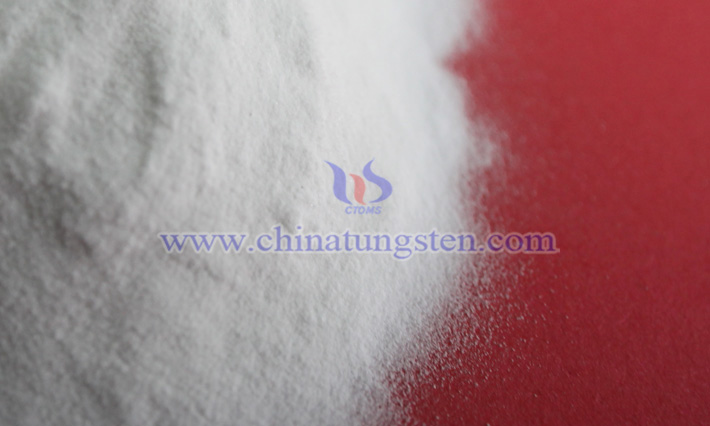
Ammonium metatungstate powder (molecular formula H₂₈N₆O₄₁W₁₂, AMT), as a key intermediate in tungsten chemical industry, exhibits a white appearance resulting from the combined effects of its molecular structure, electronic transition characteristics, and crystal physical morphology.
Differences Between Ammonium Metatungstate and Ammonium Heptamolybdate
- Details
- Category: Tungsten Information
- Published on Thursday, 29 May 2025 14:00
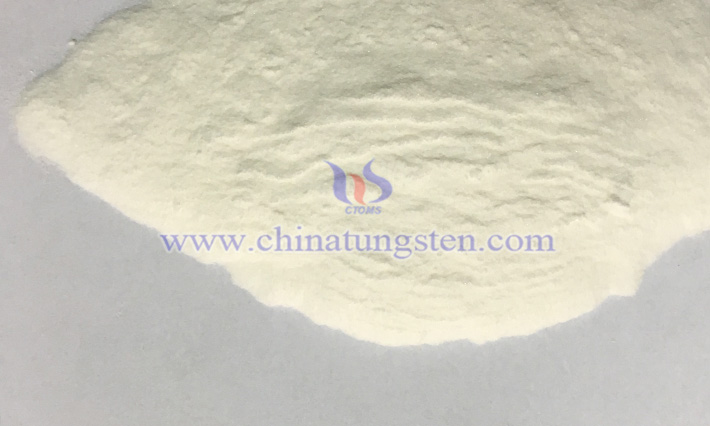
Although both ammonium metatungstate (AMT) and ammonium heptamolybdate (AHM) are important transition metal compounds with wide applications in the chemical industry, they differ in terms of chemical composition, molecular structure, physical and chemical properties, production technologies, and specific applications.
What Are the Differences Between Ammonium Metatungstate and Ammonium Paratungstate?
- Details
- Category: Tungsten Information
- Published on Thursday, 29 May 2025 13:56
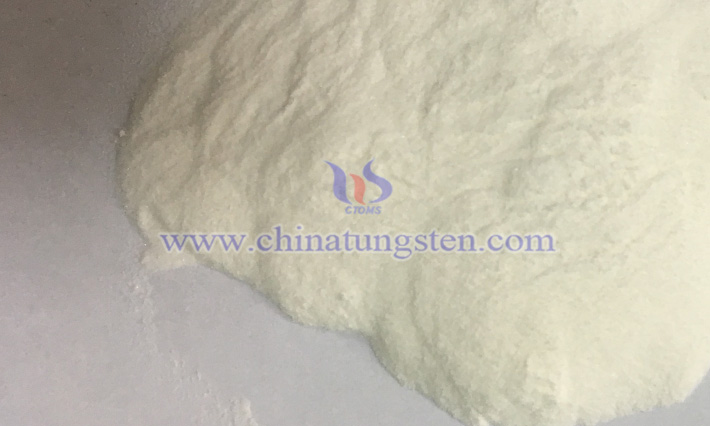
Ammonium metatungstate (AMT) and ammonium paratungstate (APT) are both important tungsten compounds, classified as ammonium salts of tungsten. They contain tungsten (W), nitrogen (N), hydrogen (H), and oxygen (O), and are commonly used in the preparation of downstream products such as tungsten trioxide and tungsten powder. However, they differ in chemical composition, physicochemical properties, production processes, and applications.
What Are the Purification Methods of Ammonium Metatungstate?
- Details
- Category: Tungsten Information
- Published on Wednesday, 28 May 2025 16:07
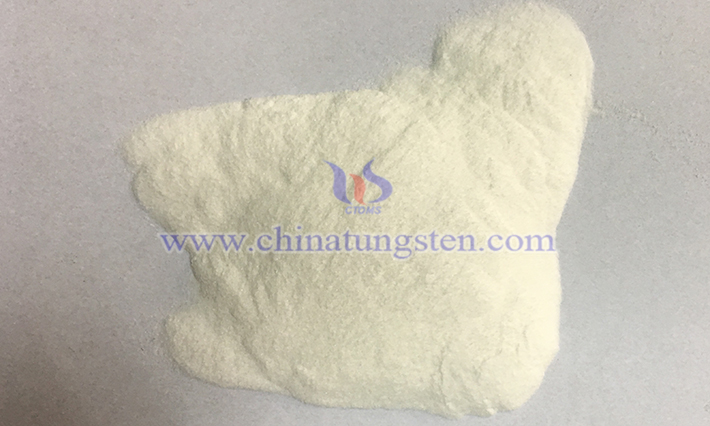
The purity of Ammonium Metatungstate is typically categorized based on the application scenario:
What Is the Chemical Activity of Ammonium Metatungstate?
- Details
- Category: Tungsten Information
- Published on Wednesday, 28 May 2025 16:04
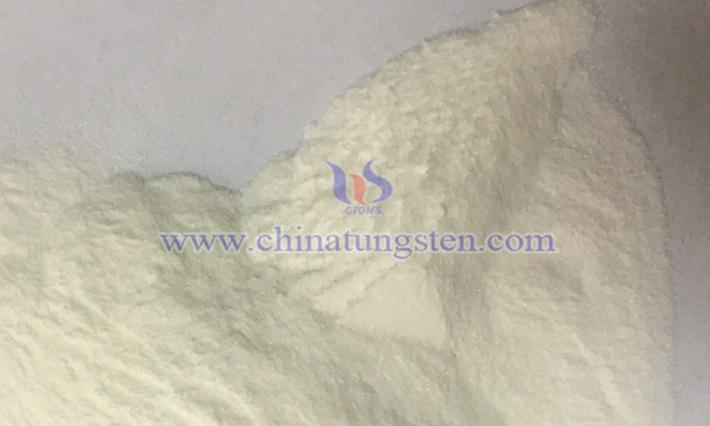
Chemical activity refers to the ease with which a substance undergoes a chemical reaction. Ammonium metatungstate (AMT) exhibits chemical activity primarily through its decomposition and transformation behavior under acidic conditions and thermal treatment. As a precursor to tungsten compounds, AMT plays a vital role in industrial applications and chemical synthesis.
What Is the Thermal Stability of Ammonium Metatungstate?
- Details
- Category: Tungsten Information
- Published on Wednesday, 28 May 2025 16:01
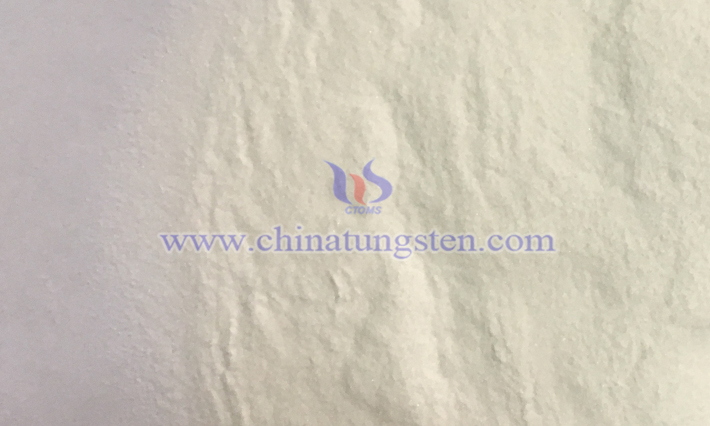
Ammonium Metatungstate (AMT) is a white crystalline powder that is easily soluble in water but insoluble in alcohol. It serves as a key precursor in the preparation of tungsten powder, tungstates, and catalysts, and is widely used in electronics, catalysis, and functional materials.
What Is the Specific Surface Area of Ammonium Metatungstate?
- Details
- Category: Tungsten Information
- Published on Wednesday, 28 May 2025 15:58
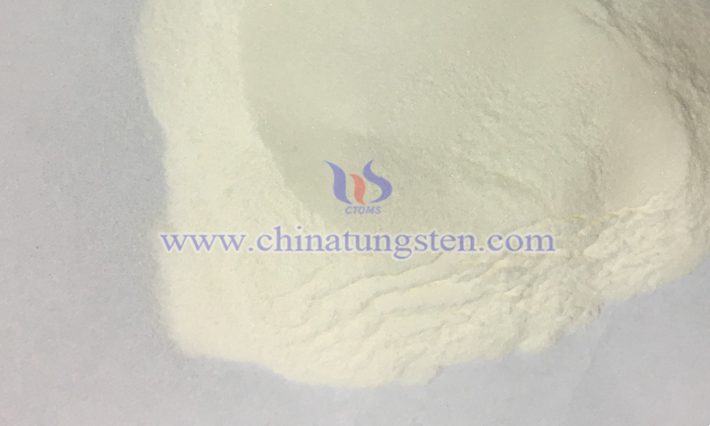
Specific surface area refers to the total surface area per unit mass of a substance, typically measured in m²/g or m²/kg. For ammonium metatungstate (AMT) powder, this includes not only the external surface area of the particles but also the surface area of internal pores, cracks, and other microstructural features. This parameter directly reflects the degree of dispersion and surface activity of the material—finer particles or greater porosity result in a larger specific surface area.
What Is the Bulk Density of Ammonium Metatungstate?
- Details
- Category: Tungsten Information
- Published on Wednesday, 28 May 2025 15:56
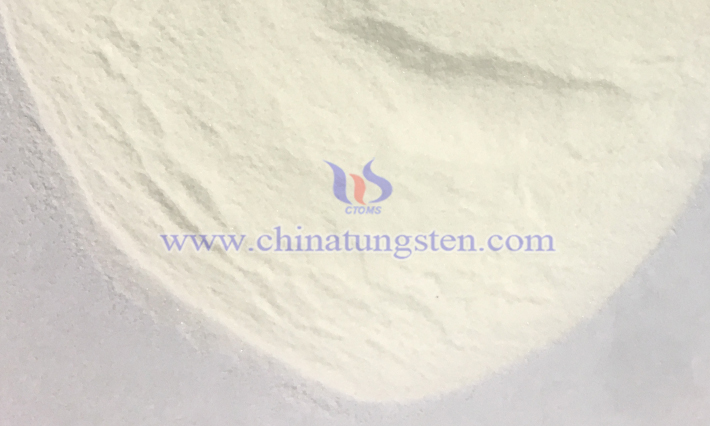
The bulk density of ammonium metatungstate (AMT) refers to the mass per unit volume of AMT powder in its naturally piled state, typically measured in g/cm³ or kg/m³. The term "natural piling" emphasizes that the powder is not compacted by external force but settles freely into a container under gravity, reflecting microstructural features such as porosity between particles, particle shape, particle size distribution, and surface roughness.


 sales@chinatungsten.com
sales@chinatungsten.com